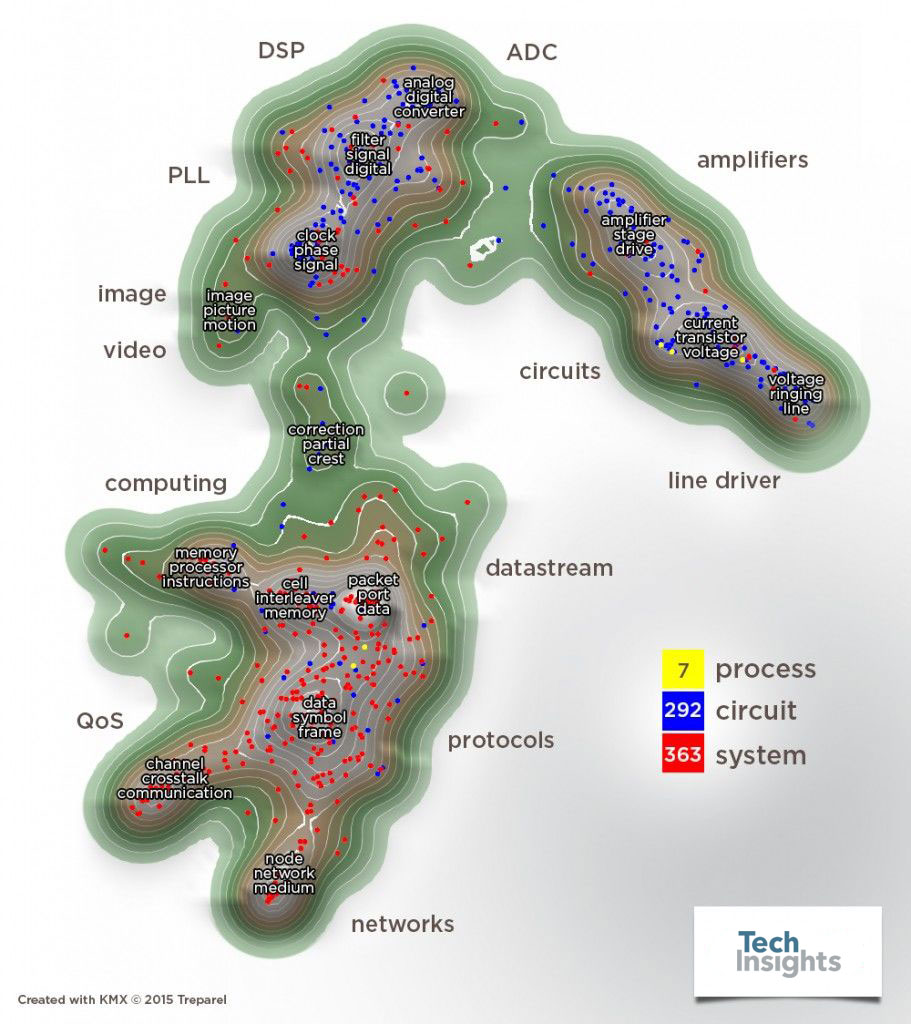Posted: February 9, 2015
Contributing Authors: Martin Bijman
On Feb 2, Intel announced it will purchase “Internet of Things” (IoT) chip company Lantiq. According to Intel, this will enhance connection experiences in the home, by extending its home gateway business with Lantiq product lineup of access products such as cable, DSL, fiber, LTE, retail, and IoT smart routers.
Internet of Things devices allow machines to interface to machines that sense and interact with its environment. These IoT devices are similar to consumer devices like smartphones, which allow machines to interface with people (display, sound, touchscreen, and haptics). Gartner forecasts the IoT market will hit 25B IoT units by 2020, with $43B in semiconductor revenue. IoT unit revenue could be over $120B in 2020, assuming unit revenue is three times semiconductor revenue. Gartner also forecasts the IoT services market will be $263B by 2020. Such services would be implemented in the cloud.
What kind of intellectual property does an “Internet of Things” company have? Lantiq provides chipsets for access solutions. Access is fundamental to IoT. Where smartphones connect to the network infrastructure through cellular and wifi radio, IoT devices connect to the cloud through any access channel including wireless, wired, and optical channels.
Lantiq has 950 patent assets worldwide, of which 564 are US grants, and 99 US applications. Below is a landscape of Lantiq’s US patents. Click below to enlarge.

Lantiq patents have captured innovations equally between the circuitry (blue) and systems (red) required to create access technology platforms. This IP will give Intel accelerated time to market for integration of these technologies in Intel products, providing a more complete IoT solution.
Intel has in recent years been making bold moves to get into the wireless business, however now that IoT is forecast to be even bigger than wireless, and encompasses it, Intel is making the right moves to position themselves in this rapidly emerging market.









